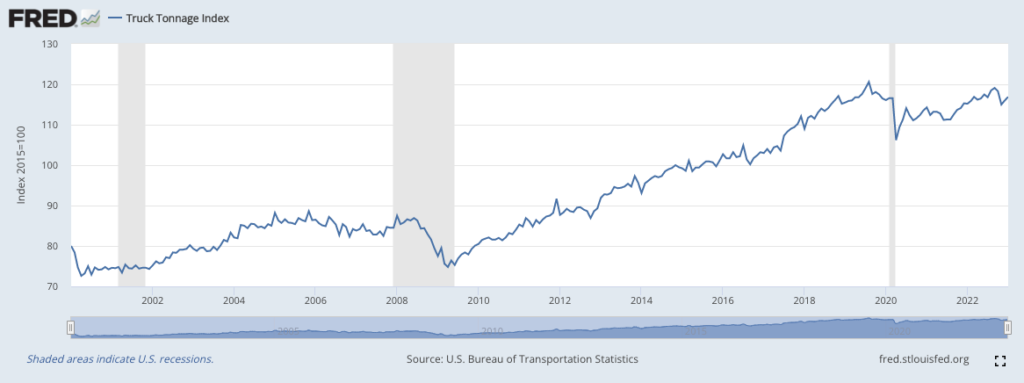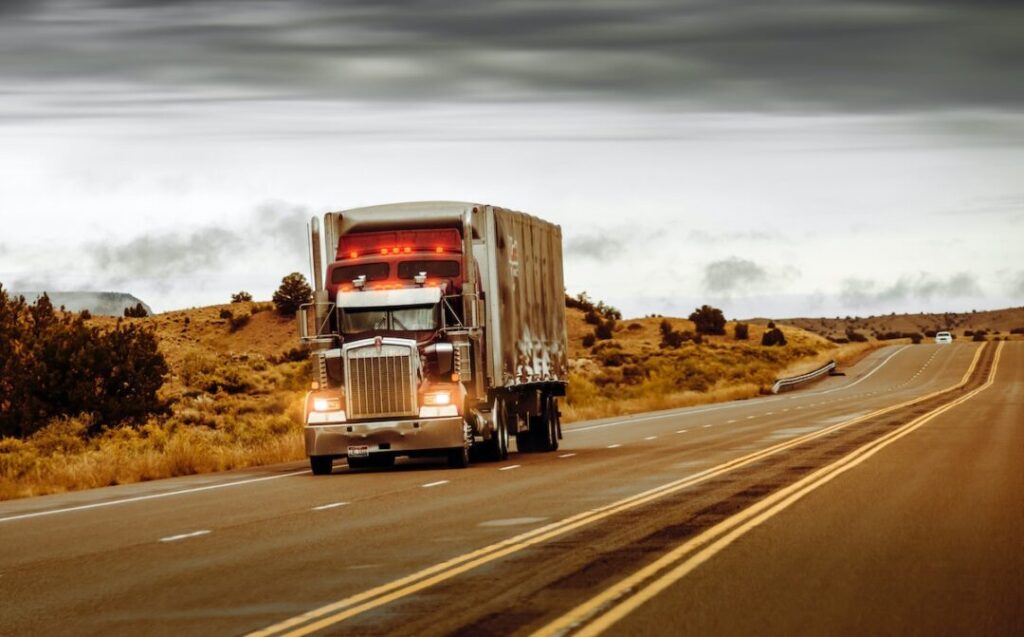Trucking is an essential part of the national economy. In 2023, the trucking industry is expected to face pressures from declining demand, increased operating costs, regulatory changes, and other factors at play. Here are some things to keep an eye out for to stay on top of unexpected turbulence.
Autonomous Trucks are Becoming More Common
Autonomous trucks are expected to become more prevalent in 2023, as the technology continues to improve and more self-driving vehicles are manufactured. Autonomous trucks are driverless vehicles that use sensors and GPS to navigate the roads and deliver goods safely and efficiently. They are expected to reduce traffic congestion, improve safety, and reduce fuel costs. Realistically, we are still at least 5 years away from full adoption where self-driving trucks are widely used on highways.

Freight Forecast
According to FTR’s prediction, there may be a 0.9% increase in trucking volume in 2023, following a 5.4% rise in the previous year. However, this growth expectation falls significantly below the 10-year annual average of 2.4%.
FTR also anticipates that utilization will bottom out in the late third quarter of this year. The shortage of labor and parts supply issues are likely to result in high semi-truck purchase prices throughout 2023, compelling carriers to operate with a higher average age of vehicles. Moreover, forecasts indicate that the industry will face a challenging first quarter in 2023 due to a decline in demand and concerns about a recession.
Increased Efficiency
Technology advancements, such as self driving vehicles, emission controls, and major advancements in Artificial Intelligence are also driving forces in the industry. This will lead to faster delivery times and lower costs, which will benefit nearly everyone who works in the industry.
New Regulations
The trucking industry is expected to face more regulations in 2023 as governments look to increase safety and reduce emissions. This could lead to stricter rules for truckers and higher costs for consumers.
In addition to regulatory additions, there is also a lot of attention being placed on regulatory easement to alleviate some of the pressures present with regard to the driver shortage and technology adoption requirements like speed limiters.
Truck “Uberization”
The term “Freight Truck Uberization” refers to the use of app-based technologies to connect individuals who require goods to be moved with those who have available truck space, similar to how Lyft connects passengers with drivers.
The concept of uberization of freight encompasses various approaches, but it typically involves resolving challenges in the logistics sector by acting as a mediator between supply and demand.
Furthermore, automation technology is becoming more advanced which is enabling truckers to locate and secure better loads in less time.



